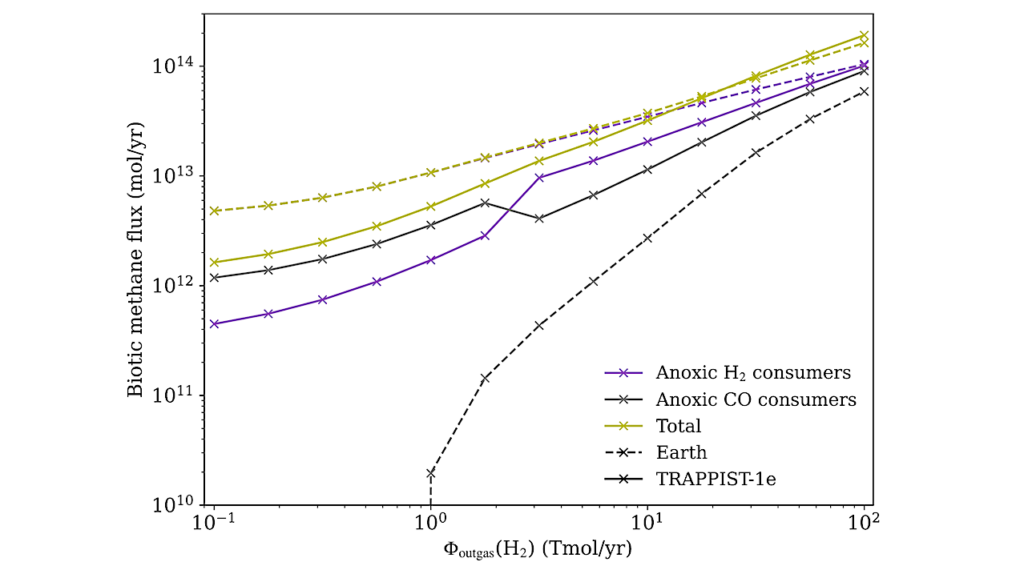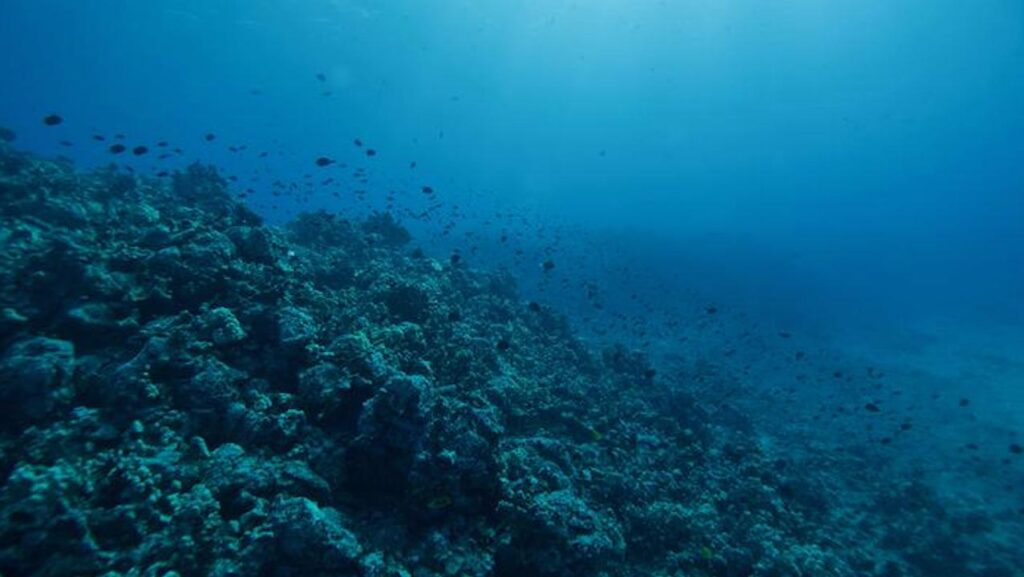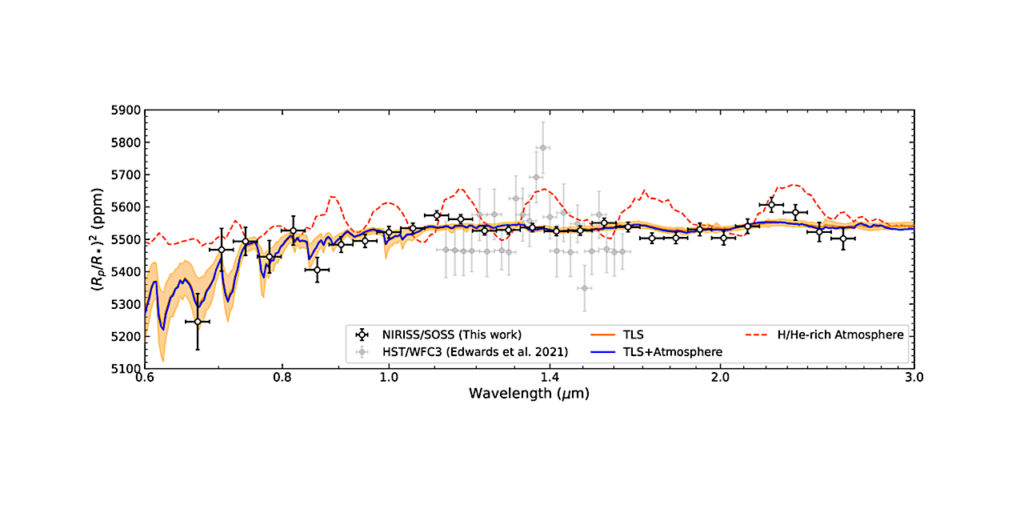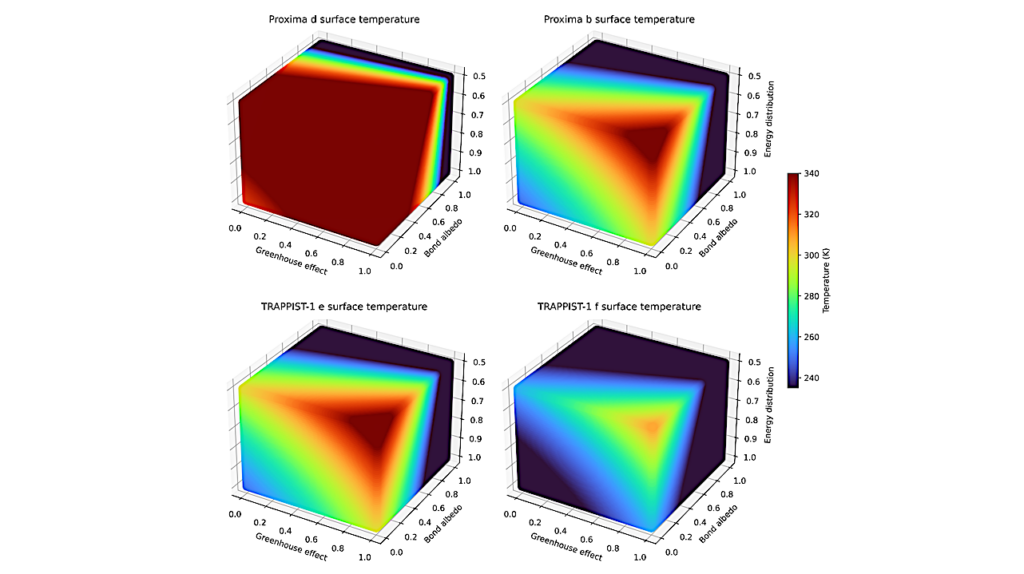Distinguishing Between Wet And Dry Atmospheres Of TRAPPIST-1 e and f

The nearby TRAPPIST-1 planetary system is an exciting target for characterizing the atmospheres of terrestrial planets. The planets e, f and g lie in the circumstellar habitable zone and could sustain liquid water on their surfaces.
During the extended pre-main sequence phase of TRAPPIST-1, however, the planets may have experienced extreme water loss, leading to a desiccated mantle. The presence or absence of an ocean is challenging to determine with current and next generation telescopes. Therefore, we investigate whether indirect evidence of an ocean and/or a biosphere can be inferred from observations of the planetary atmosphere. We introduce a newly developed photochemical model for planetary atmospheres, coupled to a radiative-convective model and validate it against modern Earth, Venus and Mars. The coupled model is applied to the TRAPPIST-1 planets e and f, assuming different surface conditions and varying amounts of CO2 in the atmosphere.
As input for the model we use a constructed spectrum of TRAPPIST-1, based on near-simultaneous data from X-ray to optical wavelengths. We compute cloud-free transmission spectra of the planetary atmospheres and determine the detectability of molecular features using the Extremely Large Telescope (ELT) and the James Webb Space Telescope (JWST). We find that under certain conditions, the existence or non-existence of a biosphere and/or an ocean can be inferred by combining 30 transit observations with ELT and JWST within the K-band. A non-detection of CO could suggest the existence of an ocean, whereas significant CH4 hints at the presence of a biosphere.
Fabian Wunderlich, Markus Scheucher, Mareike Godolt, John Lee Grenfell, Franz Schreier, P. Christian Schneider, David J. Wilson, Alejandro Sánchez López, Manuel López Puertas, Heike Rauer
Comments: 37 pages, 18 figures, accepted for publication in ApJ
Subjects: Earth and Planetary Astrophysics (astro-ph.EP)
Cite as: arXiv:2006.11349 [astro-ph.EP] (or arXiv:2006.11349v1 [astro-ph.EP] for this version)
Submission history
From: Fabian Wunderlich
[v1] Fri, 19 Jun 2020 20:08:23 UTC (1,565 KB)
https://arxiv.org/abs/2006.11349
Astrobiology, Astrochemistry








